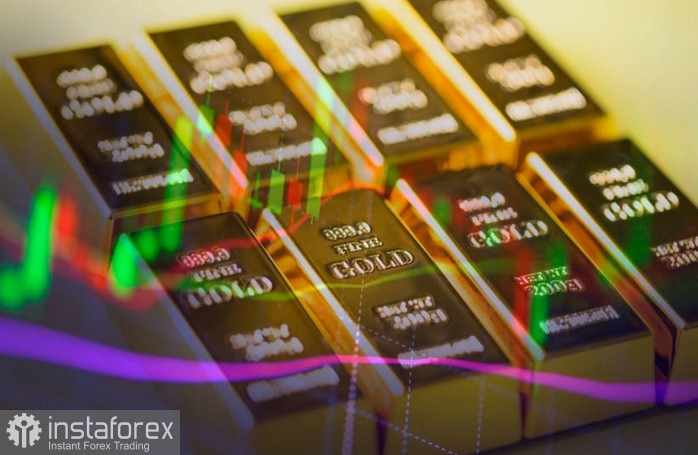
Today, the price of the precious metal is holding near yesterday's closing high as traders assess the increased likelihood of a December interest rate cut by the Federal Reserve following dovish statements by policymakers.
The latest surge in gold prices was driven by rising expectations of a rate cut, and U.S. economic data released with a delay on Tuesday further reinforced these expectations.
New York Federal Reserve President John Williams said on Friday that he is confident rates can be lowered soon without jeopardizing the central bank's inflation target. In turn, Fed Governor Christopher Waller noted on Monday that labor market conditions are soft enough to justify a 0.25 percentage point rate cut as early as December.
According to the CME Group's FedWatch Tool, the probability of such a move—reducing the rate by 25 basis points to the 3.50–3.75% range—is currently estimated by the futures market at around 80%. This situation does not support the U.S. dollar after its recent climb to multi-month highs and, on the contrary, underpins gold prices, which remain in a vulnerable but upward-biased position.
Investors are also monitoring developments in the ongoing peace talks regarding the Russia-Ukraine conflict. Given the geopolitical risks and the prospect of a December Fed rate cut, the short-term outlook for gold remains positive.
The White House emphasized that U.S. President Donald Trump remains optimistic and believes an agreement is possible, though it also noted that any progress remains uncertain for now. According to a Ukrainian representative, the Washington-proposed peace plan between Russia and Ukraine now includes 19 points and does not contain strict limits on the size of Ukraine's armed forces.
The Financial Times reported on Tuesday that U.S. Army Secretary Dan Driscoll is holding discussions in Abu Dhabi with the head of Ukrainian military intelligence and representatives from the Russian side. The original 28-point draft was criticized for being too favorable toward Moscow, prompting negotiators to reduce it to 19 points following productive U.S.-Ukrainian consultations in Geneva over the weekend.
However, these adjustments may still be insufficiently attractive to the Russian side.
Additionally, according to the press service of the Gaza government, Israel has violated the U.S.-brokered ceasefire agreement in the region at least 497 times over 44 days. This maintains geopolitical tension and provides an additional catalyst for rising precious-metal prices.
From a technical standpoint, oscillators on the daily chart are positive. Prices need to break through the $4145–4150 level to reach the monthly high, with obstacles near $4180 and $4200. Gold has found support at the $4110 and $4100 levels; a break below these would accelerate the decline toward the next support levels.





















